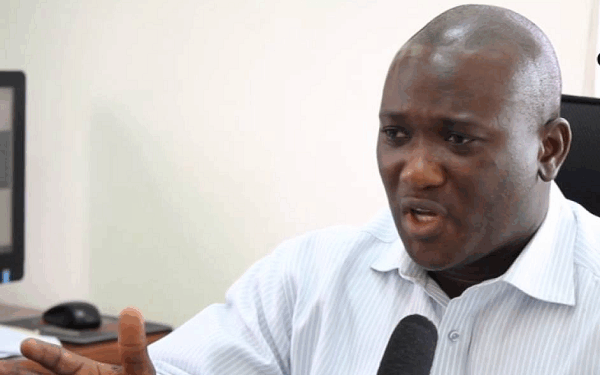Alhassan Tampuli, a member of parliament for Gushegu and former Deputy Transport Minister has noted that with the dumsor levy, every Ghanaian will pay.
The lawmaker asserted that with the Dumsor Levy, even when Ghanaians are walking they will still pay.
According to Alhassan Tampuli, the dumsor levy is not as innovative as the NPP’s e-levy which sought to widen the tax net.
Speaking on the JOY FM morning show, Alhassan Tampuli stated, “There is no innovation in the imposition of taxes and it is the usual petrol, we have been doing this since the days of Dr Kwasi Botchwey.
The issue of E-Levy was an innovative one. We wanted to expand the tax base so that we don’t put everything in one basket. But even with that, if you are sending momo, you don’t pay,” he stated.
He asserted, “With this Dumsor Levy, even when you are walking you pay because you know how the price of fuel affects everything in this country”.
However, President John Dramani Mahama has stated the energy sector levy won’t increase fuel prices.
John Mahama revealed that the ₵1 ‘dumsor levy’ was a difficult but necessary decision.
He asserted that the ₵1 energy sector levy won’t result in an increase in fuel prices.
According to John Mahama, Ghana must take advantage of recent gains created by appreciation in the value to accelerate solutions to our energy sector challenges.
Speaking at the Jubilee House on Tuesday during the presentation of the final report of the National Economic Dialogue 2025, John Mahama stated, “This was not a decision we took lightly. Though difficult, it is necessary and justifiable.”
He added, “ We must take advantage of recent gains created by appreciation in the value of our currency to accelerate the solution to our energy sector challenges”.
In addition, John Abdulai Jinapor the Minister of Energy and Green Transition has stated that the newly introduced Energy Sector Levy is not to pay the Energy Sector’s legacy debts.
According to the Energy minister, it is to pay for liquid fuel.
He revealed that the cost of liquid fuel is not included in the electricity tariff structure, which poses financing challenges to the government.
Watch the video below:

